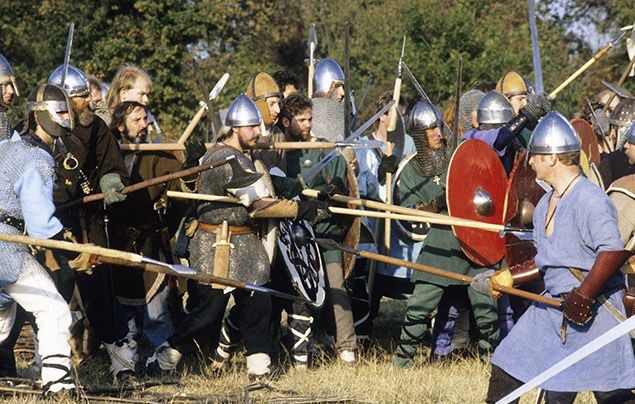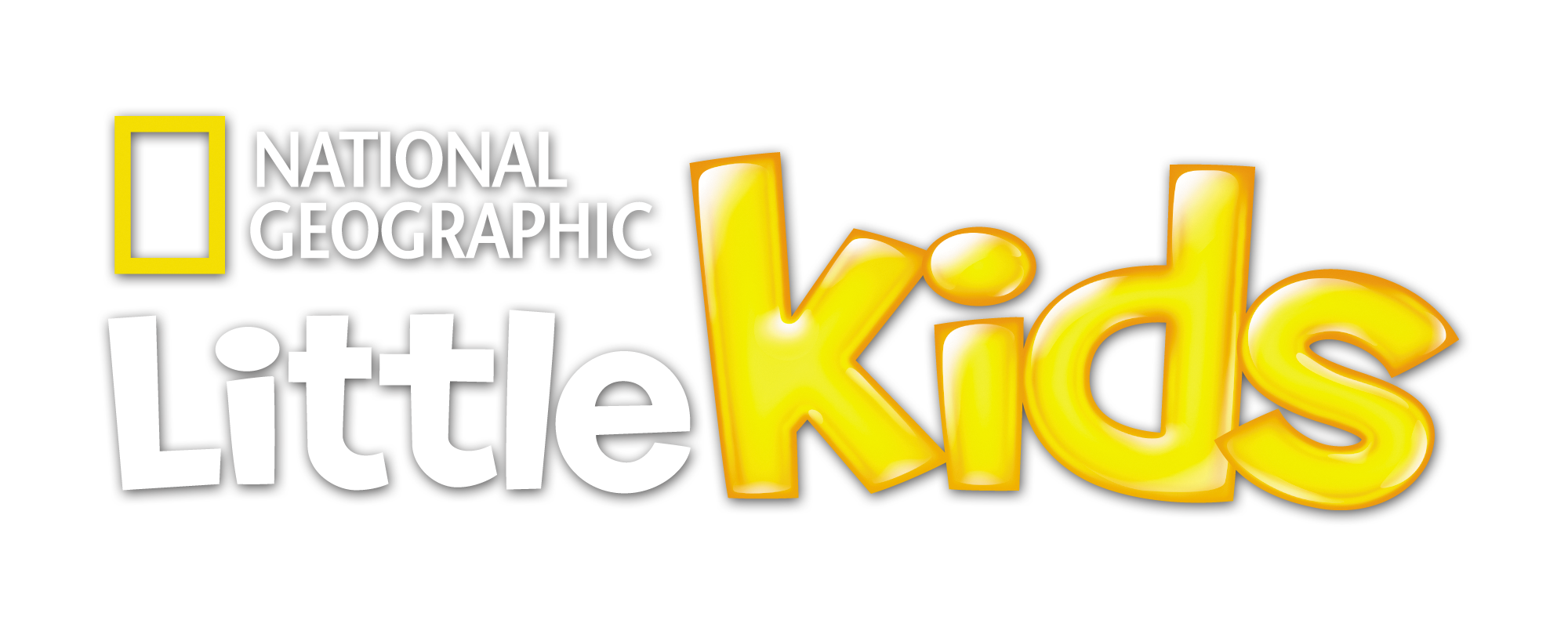Awesome Anglo-Saxon facts!
Check out these cool facts about the fierce Anglo-Saxons…
Prepare for battle kids, because we’re about to take a trip back in time in our Anglo-Saxon facts, to a time 1,600 years ago when fierce warriors ruled Great Britain!

Ever wondered what it might be like stepping foot in Anglo-Saxon England? Find everything you’ll ever need to know about these fierce people in our mighty fact file, below…
Did you know that we have a FREE downloadable Anglo-Saxons primary resource? Great for teachers, homeschoolers and parents alike!
Anglo-Saxon facts: Who were they?
The Anglo-Saxons were a group of farmer-warriors who lived in Britain over a thousand years ago.
Made up of three tribes who came over from Europe, they were called the Angle, Saxon, and Jute tribes. The two largest were the Angle and Saxon, which is how we’ve come to know them as the Anglo-Saxons today.
They were fierce people, who fought many battles during their rule of Britain – often fighting each other! Each tribe was ruled by its own strong warrior who settled their people in different parts of the country.
When did the Anglo-Saxons invade Britain?
The Anglo-Saxons first tried invading in the 4th century, but the Roman army were quick to send them home again! Years later – around 450AD – the Ancient Romans left Britain, the Anglo-Saxons seized their chance and this time they were successful!
They left their homes in Germany, the Netherlands and Denmark and sailed over to Britain on wooden boats. Many of them were farmers before they came to Britain and it’s thought they were on the look-out for new land as floodwaters back home had made it almost impossible to farm.
Anglo-Saxon houses
The Anglo-Saxons didn’t like the stone houses and streets left by the Romans, so they built their own villages. They looked for land which had lots of natural resources like food, water and wood to build and heat their homes, and Britain’s forests had everything they needed. They surrounded each village with a high fence to protect cattle from wild animals like foxes and wolves, and to keep out their enemies, too!
We know what Anglo-Saxon houses were like from excavations of Anglo-Saxon villages. They were small wooden huts with a straw roof, and inside was just one room in which the whole family lived, ate, slept and socialised together – much like an ancient version of open-plan living!
The biggest house in the village belonged to the chief, which was large enough to house him and all his warriors – and sometimes even the oxen, too! It was a long hall with a stone fire in the middle, and hunting trophies and battle armour hung from its walls. There were tiny windows and a hole in the roof to allow smoke to escape.
Anglo-Saxon place names
Many towns and villages still carry their Anglo-Saxon names today, including “England” which comes from the Saxon word “Angle-Land”.
Early Anglo-Saxon villages were named after the leader of the tribe so everyone knew who was in charge. If you’d visited Reading in Anglo-Saxon times, you’d have been in Redda’s village – Redda being the local chieftain.
The Anglo-Saxons settled in many different parts of the country – the Jutes ended up in Kent, the Angles in East Anglia, and the Saxons in parts of Essex, Wessex, Sussex and Middlesex (according to whether they lived East, West, South or in the middle!)
Not all Roman towns were abandoned, though. Some chiefs realised that a walled city made for a great fortress, so they built their wooden houses inside the walls of Roman towns like London.
Anglo-Saxon food
Perhaps one of our favourite Anglo-Saxon facts is how much they liked to party! They loved a good meal and would often host huge feasts in the chief’s hall. Meat was cooked on the fire and they ate bread, drank beer and sang songs long into the night!
They grew wheat, barley and oats for making bread and porridge, grew fruit and vegetables like carrots, parsnips and apples, and kept pigs, sheep and cattle for meat, wool and milk.
They were a very resourceful people – everything had its use and nothing went to waste. Animal fat could be used as oil for lamps, knife handles could be made out of deer antlers and even glue could be made from cows.
Anglo-Saxon clothes
Anglo-Saxons made their own clothes out of natural materials. The men wore long-sleeved tunics made of wool or linen, often decorated with a pattern. Their trousers were woollen and held up by a leather belt from which they could hang their tools such as knives and pouches. Shoes were usually made out of leather and fastened with laces or toggles.
The women would wear an under-dress of linen or wool and an outer-dress like a pinafore called a “peplos” which was held onto the underlayer by two brooches on the shoulders. Anglo-Saxon women loved a bit of bling and often wore beaded necklaces, bracelets and rings, too!
Anglo-Saxon gods
Grand stone buildings, such as Westminster Abbey, replaced the wooden Anglo-Saxon structures after the Normans invaded in 1066.
Many of today’s Christian traditions came from the Anglo-Saxons, but they weren’t always Christians. When they first came over from Europe they were Pagans, worshipping lots of different gods who they believed looked different parts of their life, such as family, crop growing, weather and even war.
The Anglo-Saxons would pray to the Pagan gods to give them good health, a plentiful harvest or success in battle.
It wasn’t until the Pope in Rome sent over a missionary – a monk called Augustine – to England in 597AD, that the Anglo-Saxons became Christians. Augustine convinced the Anglo-Saxon King Ethelbert of Kent to convert to Christianity and slowly the rest of the country followed suit. Pagan temples were turned into churches and more churches (built of wood) started popping up all over Britain.
Who invaded after the Anglo-Saxons?
From 793AD, the Vikings invaded Anglo-Saxon Britain several times, plundering and raiding towns and villages along the British coastline. The Anglo-Saxons tried to hold them back but groups of Vikings eventually settled in different parts of the country, especially York (or Jorvik, as they named it) – making it the second biggest city after London. The next invasion came in 1066AD, in one of the most famous battles of our history – the Battle of Hastings. When the Anglo-Saxon King Edward died without an heir, a new king was chosen to rule England – King Harold II. William the Conqueror of Normandy and Harald Hardrada, the King of Norway, weren’t keen on the new English king and thought that they both had the right to rule Britain.
A descendant of Viking raiders, William brought his army of Normans to Britain to take on the new king, and on 14 October 1066, the two armies fought at the Battle of Hastings. The Normans were victorious and Harold was killed. This signalled the end of Anglo-Saxon rule in Britain. England now had a Norman king, King William I, or William the Conqueror.
Check out our vicious Viking facts, here!
The Anglo-Saxon period of history shaped many parts of England as we know it today – the words we use for the days of the week for example. Have a go at saying them out loud, below!
Monandæg
Tiwesdæg
Wodnesdæg
Ðunresdæg
Frigedæg
Sæternesdæg
Sunnandæg
What did you think of our Anglo-Saxon facts, gang? Let us know by leaving a comment, below.
More Like General History

British Empire facts!

World War 1 facts

The life of Florence Nightingale















LEAVE A COMMENT
THANK YOU
Your comment will be checked and approved shortly.
WELL DONE,
YOUR COMMENT
HAS BEEN ADDED!
COMMENTS
amazing
COOL
awsome
cool
Cool
Ty I'm doing a school project this helped
Awsome
these facts helped me so much on my Anglo-Saxon project. It told me so much i did not know.
cool
COOL!
love the facts, this really helped for my history homework. thank you.
i like this app
I like it a lot
Love it
Yo
Epic
we are learning about it in scool!!!!
Cool bruh
We're learning about Anglo saxons in our school.
i liked it
I love this thing I’m at school right now it’s good for learning about Anglo Saxons
I love the site and I would recommend it to any one!
This site is amazing I really recommend it! Thank you National geographic kids!
I LOVE IT!!!
love it
i love it
It helped me out in learning and now I'm at the top with HIGH grades!!!!!1
rad
wow
This is awesome and really interesting!
This helped with my yr 6 homework THX
Definitely helped me with my homework a lot as I got an a+ on my revision
were learning about anglo saxons
Totally awesome
This is so cool this week the whole of year 5 were going to the British museum and were going to see Anglo Saxon s
LOL !!!!!!!!!!!!!!!!!!!!!!!!!!
I love history
I can lern about the Anglo-Saxons
L
THE BEST!!!
nice
that is part of my topic thanks ng.kids
wow cool
it was extreamily
intresting
nice.I like the site it helped my project a lot.THX SO MUCH
Cool !
LLLLLLLLLLLLLLLLLLLLLLLLLLLLLLLLOOOOOOOOOOOOOOOOOOOOOOOOOOOOOOOOOOOOOOOOOOOOLLLLLLLLLLLLLLLLLLLLLLLLLLLLLLLLLL
this a very good pop lol lol lol lol lol lol lol lol lol lol lol
this is good
not happy
booooo
I love this because it will help me at my homework at school ,we have two weeks to do it . This website really helps me . Im doing a model of an Anglo-Saxons and i need facts to make my teacher impressed with my homework. I love this website and I will look at it every time I need some facts for something
wow
your website is awesome !!!!
awsome website i can learn even better here than class
I am from Germany and this text had helped me to made an referat
I am from Germany and this video had helped me to made an referat about the Anglo-Saxons . I will always search here informations for referats and Iwill too read here , even just for fun . :-) :-)
Great!
OMG!!!!!
Cool man!!!OMG!!!! How?!?! Im so sssssssuprised
Cool! Very interesting
they look like the vikings
I liked the pichos they tolt me lots of flings I no all about the Normans fankyour for letting the holl welled to look at them photos your verry kind Ther sords wher verry shap did you now Normans are yello and Saxons Are green I liked the pichos so much well done I liked them so much I could not stop looking at them you must of worked so hard eny way well done oh and pleas put pichos on Im watching you bye good day,,,,,, ps. I hoped you liked my comment bye see you soon,,,,,,,,,,,, hi guyS
CUSTOMIZE YOUR AVATAR